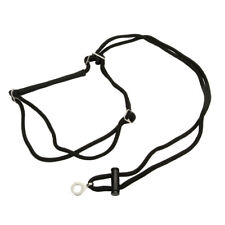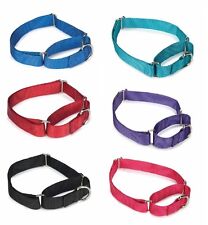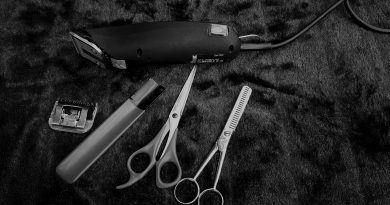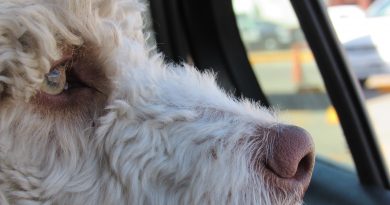How to Handle Springtime Hotspots and Itching

Most dogs will develop a hot spot at some point in their lives, and many dogs will experience itchiness and hot spots every single spring. Thankfully, there are many things you can do to save your dog a lot of discomfort and you a lot of trouble, especially if you catch the signs early on.
How to Stay on Top of Springtime Hot Spots and Itching
When you notice that your dog is itching, look closely at his skin. If the area is not super red, inflamed, or irritated, you can usually prevent a hot spot from developing by cleaning it well and applying a little hydrocortisone cream to stop the itchiness. Putting on an e-collar to stop him from licking the area will be especially helpful for preventing a hot spot from forming.
If the skin is red and also has a crusty scab, use an electric trimmer to gently clip the fur away from the area. Be sure to remove enough hair to allow good air circulation around the hot spot and then follow the steps outlined above. In most cases, this will be enough to relieve the itching and get the hot spot healed up.
Sometimes you will need to take additional steps. Giving the dog a bath with a calming shampoo is a good idea, especially if the dog is itchy in several places. If there’s just one small area of concern, a calming spray should do the trick. Never use astringents like witch hazel or alcohol because they will dry out the skin and make it even more itchy, not to mention be very painful.
For dogs with severely inflamed or broken skin, a trip to the vet may be warranted. Antibiotics may be required if there’s a skin infection present. Once hot spots get to a certain point, they can be very painful, and your vet may also be able to provide some oral medication to give some relief. The vet may also be able to offer additional treatment options that could clear up the issue more quickly.
While you’re at the vet’s office, work together to figure out why your dog is itching so much. Are there fleas? Does your dog have an allergy to pollen or grass? What about food intolerance or possibly an underactive thyroid gland. The sooner you get to the root of the problem, the better it will be for you and your dog.

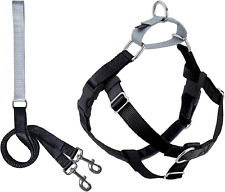
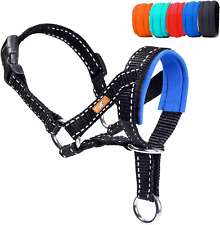
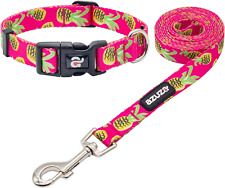
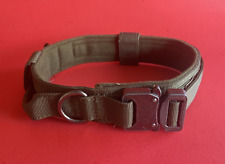
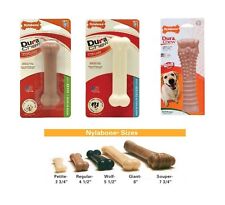
![🐶Reebok Dog Collar Small 9-14 In Lime Green & 5ft Leash [Brand New]🐶 picture](/petstore/img/g/O6cAAOSwrx1kse2X/s-l225/-Reebok-Dog-Collar-Small-9-14-In-Lime-Green-5ft-Le.jpg)
